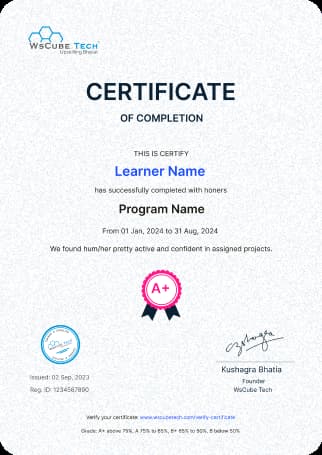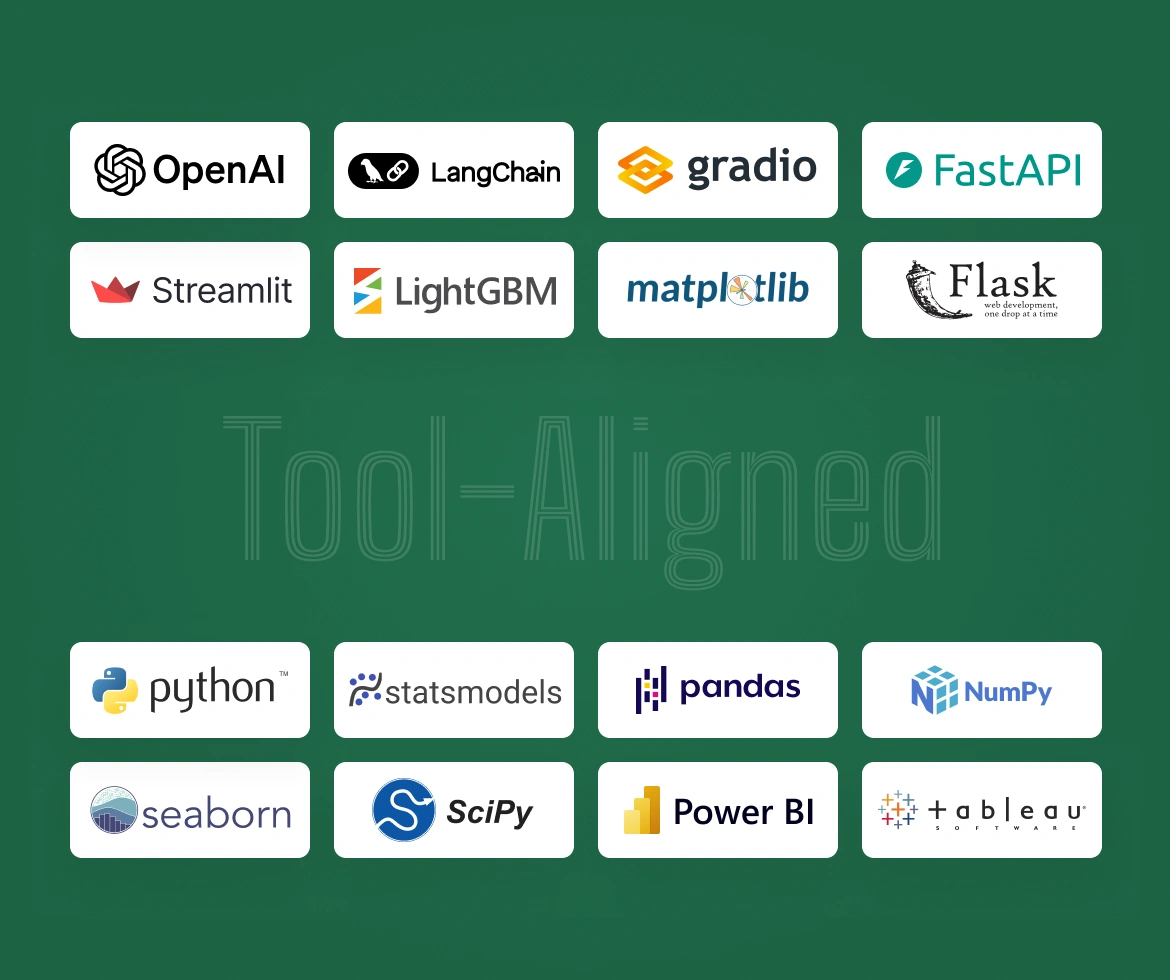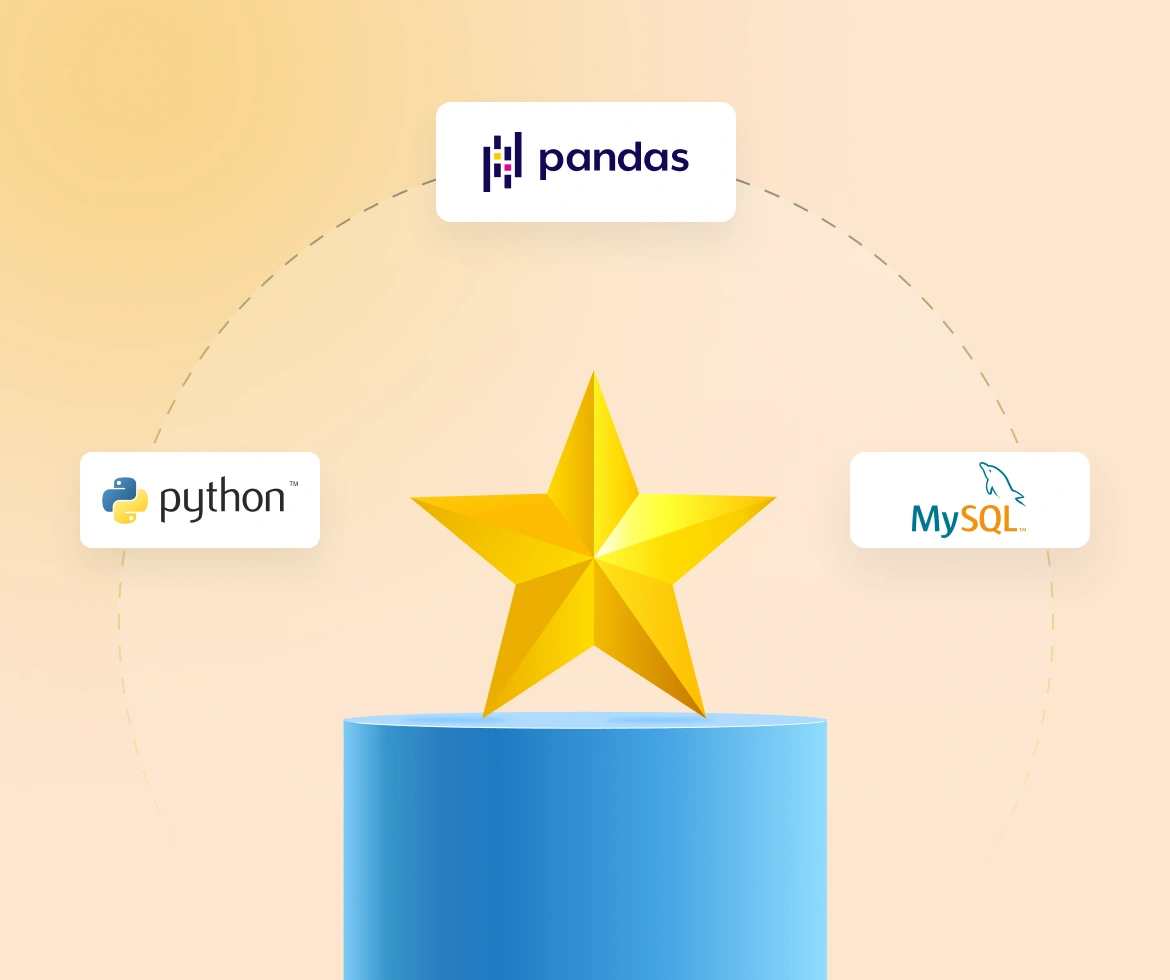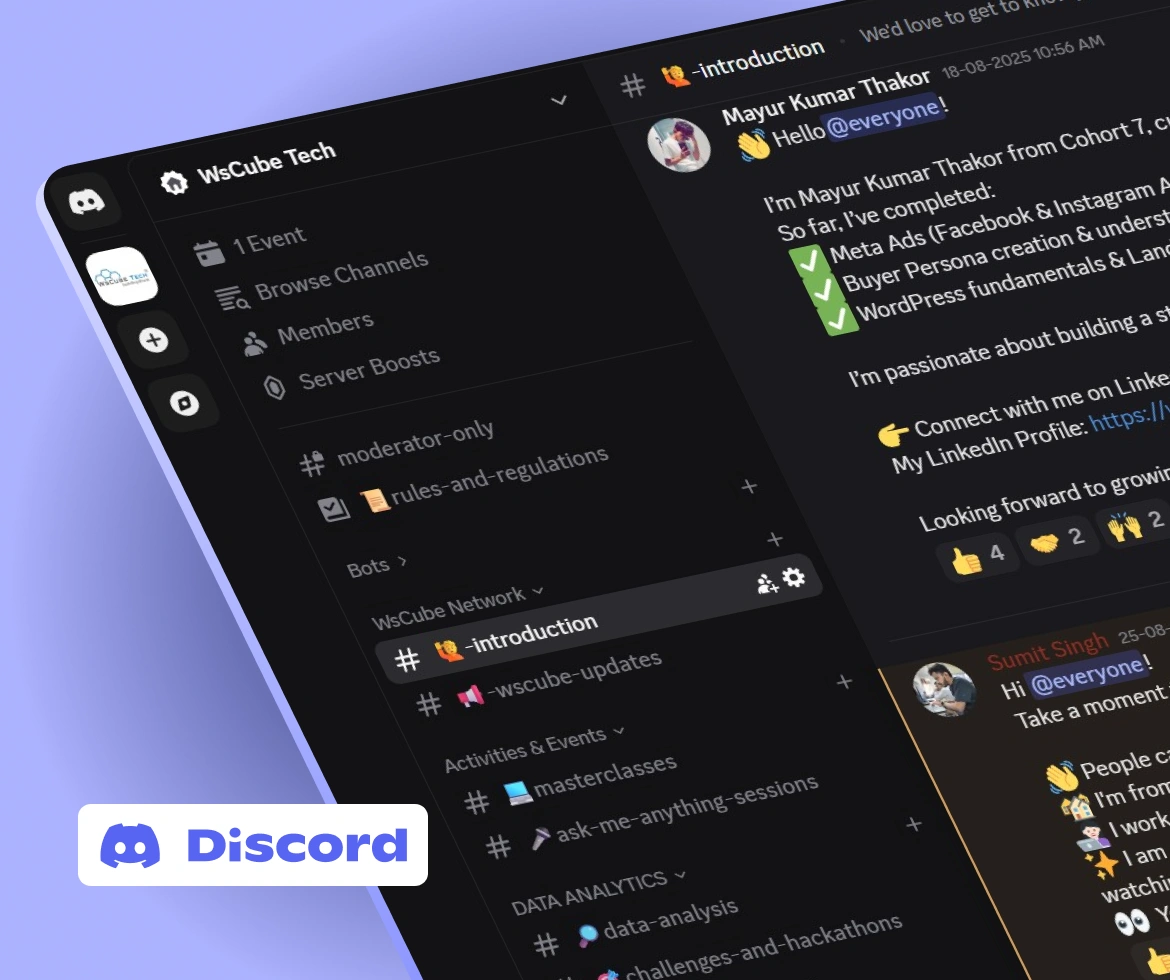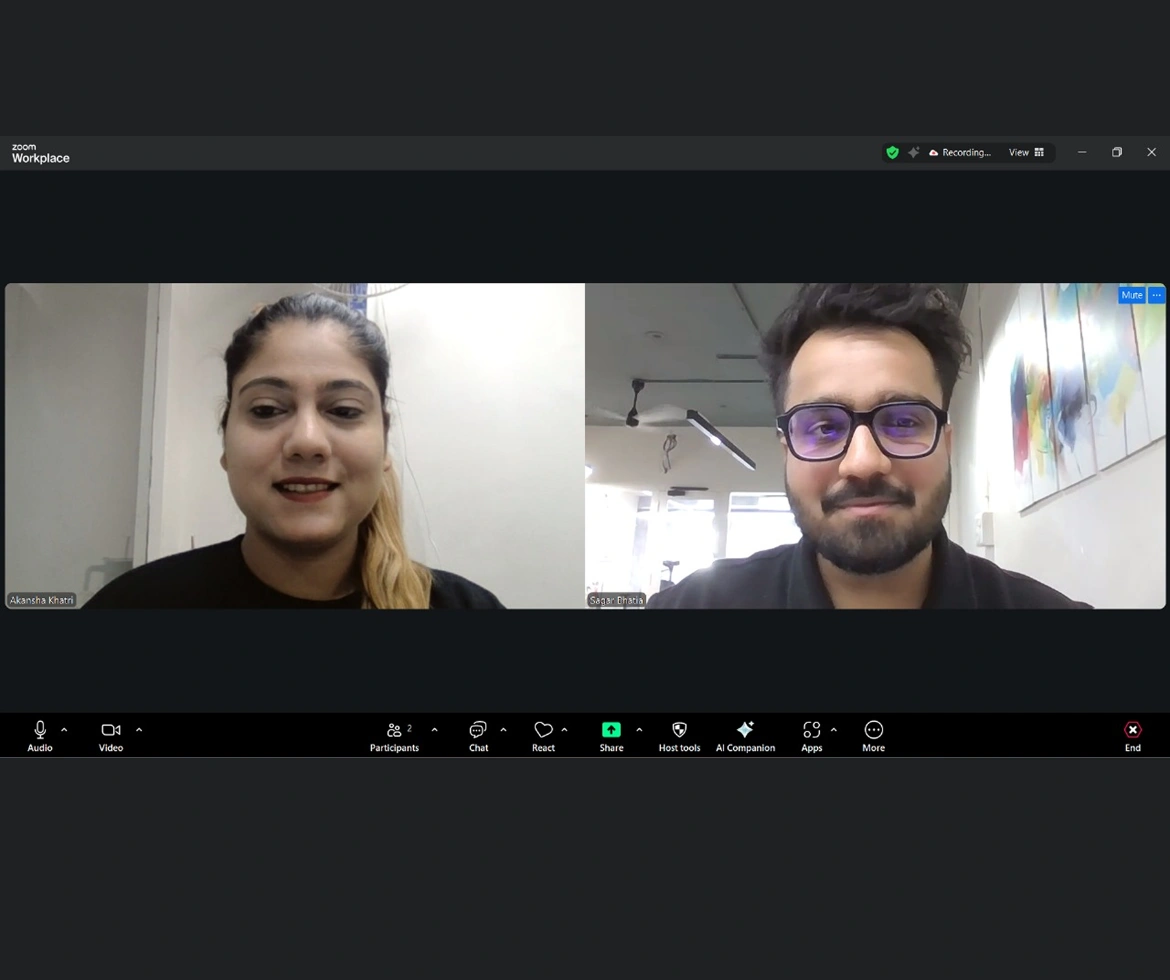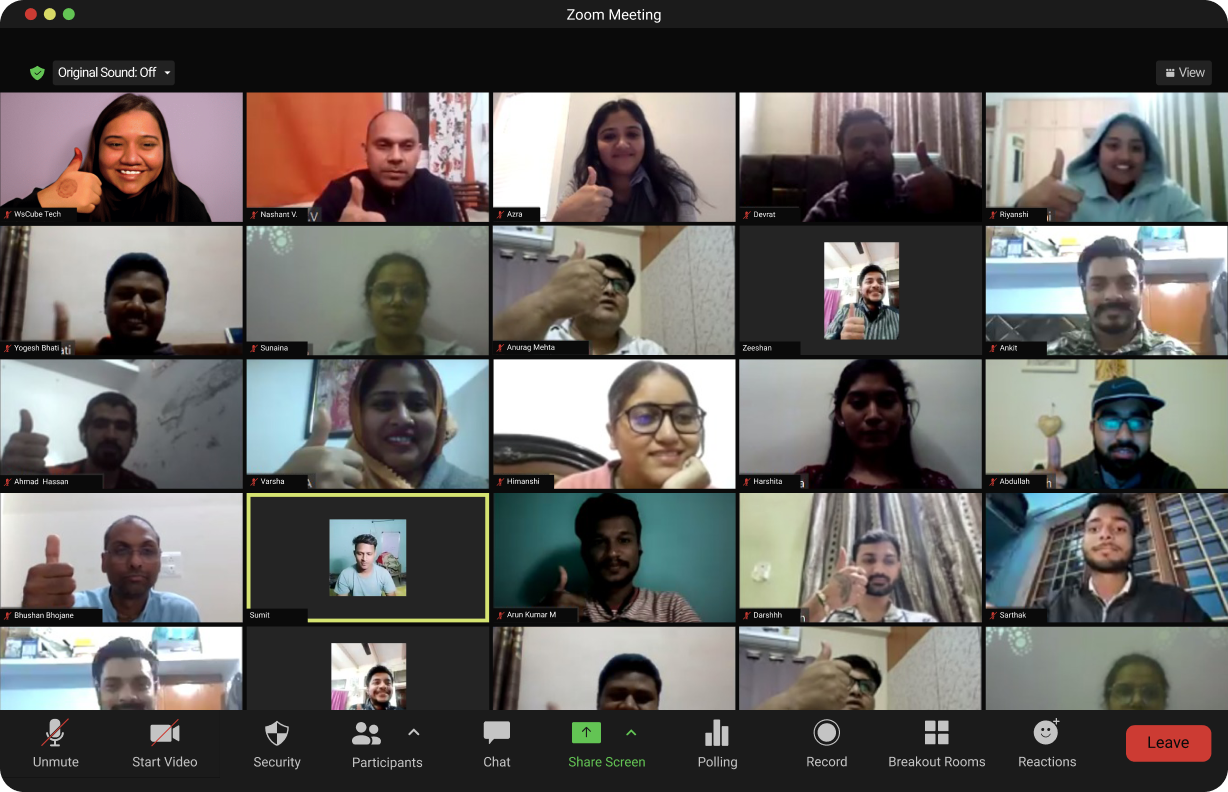📢 Thrilled to Share a Major Milestone in My Data Journey! 🚀
I’m excited to announce that I’ve successfully completed the 5-Month Data Analytics Mentorship Program by WsCube Tech — an immersive experience that empowered me with real-world problem-solving skills and solidified my foundation in data analytics.
📅 Duration: Nov 2024 – Apr 2025
🏅 Grade: A
Throughout the program, I worked on multiple industry-relevant projects, deep-dived into analytical tools, and built end-to-end data solutions.
🔧 Key Skills & Tools Gained:
✔️ Excel – Advanced formulas, pivot tables, dashboards
✔️ SQL – Joins, subqueries, window functions, data cleaning
✔️ Power BI & Tableau – Interactive dashboards, KPI tracking
✔️ Python – EDA, automation, forecasting, visualization
✔️ Machine Learning (Basics) – Supervised models, data preprocessing
💬 Huge thanks to the mentors and the WsCube Tech Tech community for their guidance, support, and feedback throughout this journey.
🎯 This certification isn’t just a badge — it reflects my passion for data, commitment to learning, and ability to turn insights into action.
📌 I'm now looking forward to new opportunities where I can contribute as a Data Analyst. Open to collaborations, freelance work, or full-time roles — let’s connect and create impact with data!












































